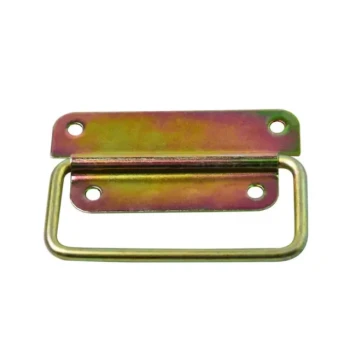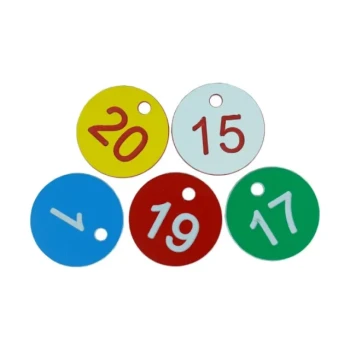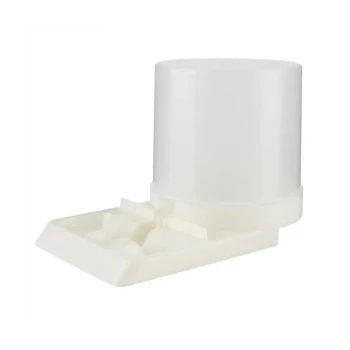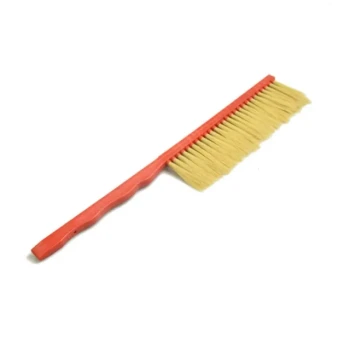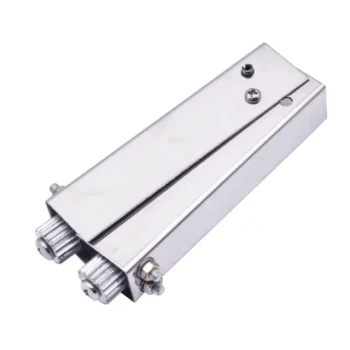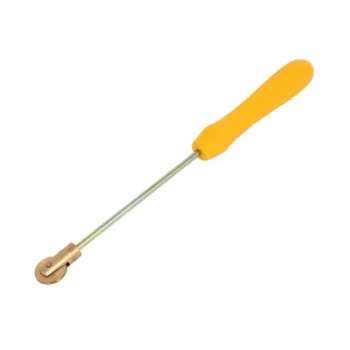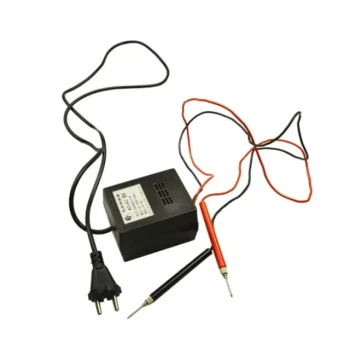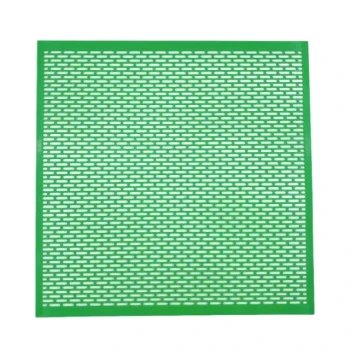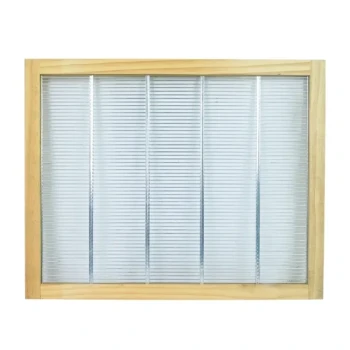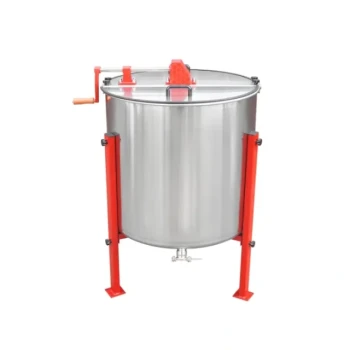Key Benefit: Learn science-backed methods to protect colonies from winter extremes while adapting to erratic weather patterns—without compromising hive health.
Thriving in Winter Beekeeping: Science-Backed Strategies
Winter beekeeping isn’t just about survival—it’s about creating conditions for colonies to thrive despite freezing temperatures and unpredictable weather. Research shows that over 70% of winter colony losses stem from poor moisture control and inadequate insulation. The solution lies in balancing two seemingly opposing needs: retaining warmth while allowing excess humidity to escape.
The Core Principles:
- Condensation Kills More Than Cold
Bees generate heat by clustering, but their respiration produces moisture. When this moisture condenses and drips onto the cluster, it chills bees faster than ambient temperatures. - Adaptability Wins
Static winter setups fail when weather swings between mild and extreme. Successful beekeepers monitor and adjust hive configurations as conditions change.
Reflective Question: Have you noticed ice inside your hive lids? This signals a ventilation problem needing immediate action.
The Insulation-Ventilation Paradox: Materials and Methods
Insulation Without Suffocation
- Top Insulation: Use breathable materials like burlap-filled quilt boxes above the inner cover. These absorb moisture while slowing heat loss.
- Side Wrapping: Corrugated cardboard or insulated hive wraps reduce wind chill, but avoid sealing hive seams completely.
Ventilation That Doesn’t Draft
- Upper Entrances: A small notch or drilled hole near the top allows humid air to escape without creating a cold draft through the main entrance.
- Screened Bottom Boards: Elevate these slightly to permit airflow while keeping snow and wind out.
Pro Tip: In regions with rapid temperature shifts, combine moisture-absorbing wood chips with adjustable entrance reducers.
Weather-Responsive Beekeeping: Tools and Adjustment Triggers
Monitoring Essentials:
- Hygrometers: Track internal humidity; aim for 50–70% to prevent condensation.
- External Thermometers: Compare hive-side temperatures with weather forecasts to anticipate insulation adjustments.
Adjustment Triggers:
- Below Freezing + High Humidity: Reduce upper entrance size but ensure some airflow.
- Sudden Thaw: Temporarily remove insulation layers to prevent overheating and excess moisture.
Human Connection: Like layering clothing for a winter hike, hives need "breathable warmth" tailored to daily conditions.
Case Studies: Lessons from Apiaries That Survived Extreme Winters
The Minnesota Experiment:
An apiary using quilt boxes with wood shavings reported 80% winter survival during polar vortex events, while traditionally wrapped hives lost 50% of colonies. Moisture levels stayed stable despite temperatures plummeting.
Ready to Elevate Your Winter Beekeeping?
HONESTBEE’s wholesale-focused beekeeping supplies—from adjustable quilt boxes to precision hygrometers—help commercial apiaries and distributors safeguard colonies profitably. Because thriving hives shouldn’t depend on predictable weather.
Final Thought: The best winter strategy isn’t fixed; it’s a dynamic dance between science, observation, and timely action.
Visual Guide
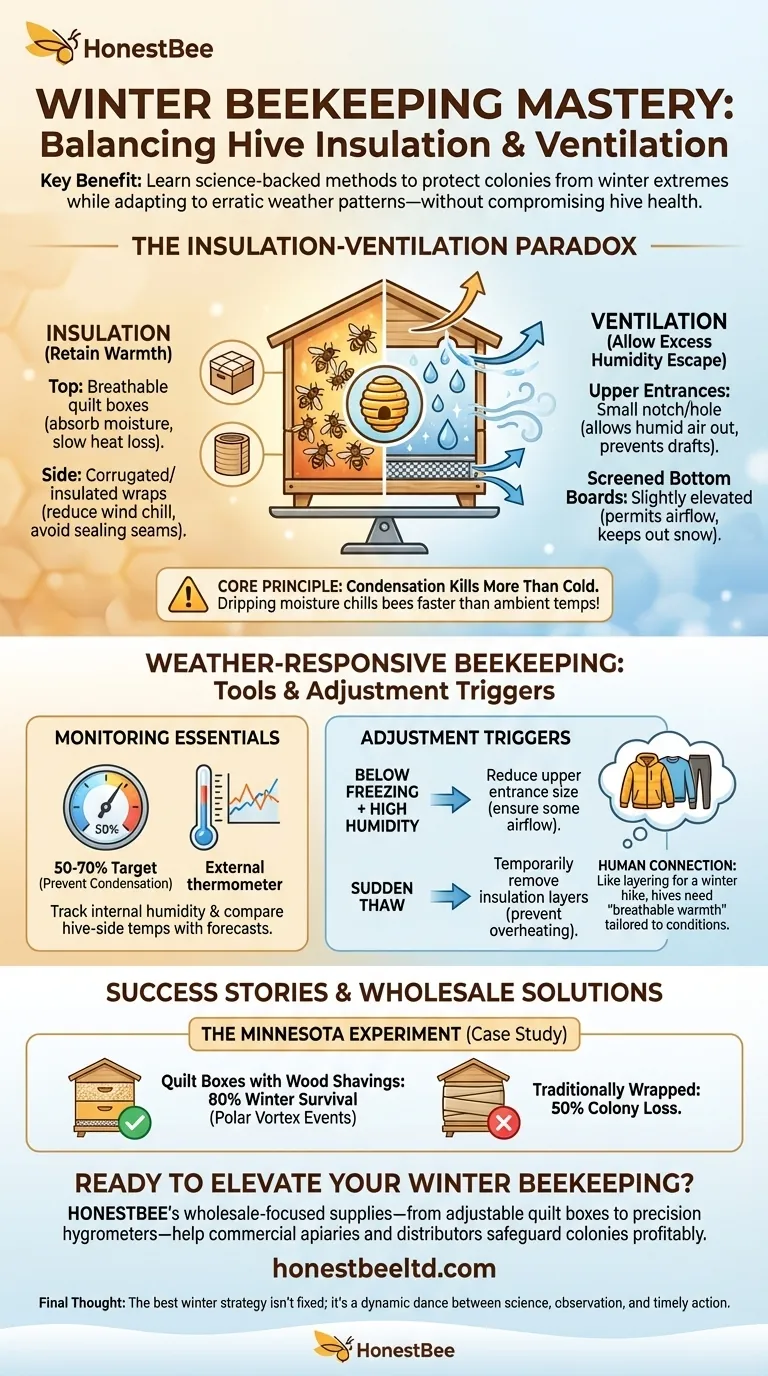
Related Products
- Professional Drop-Style Hive Handles for Beekeeping
- Black Plastic Beetle Barn Hive Beetle Trap for Beehives
- Professional Bamboo Queen Isolation Cage
- Professional Engraved Round Hive Number Tags for Beekeeping
- HONESTBEE Entrance Bee Feeder Professional Hive Nutrition Solution for Beekeeping
Related Articles
- How to Determine the Optimal Beehive Stand Height for Comfort and Efficiency
- How to Choose the Best Beehive Type for Your Climate and Terrain
- Beyond the Bee Box: Why Your First Apiary Investment Determines Your Success
- How to Master Hive Tool Techniques for Efficient Apiary Management
- Guide to Starting a Bee Hive in 7 Steps

